Introduction to Tarot Card Functions
The tarot is an ancient form of divination that has evolved across centuries, transcending cultural and traditional boundaries to become a tool for introspection and guidance. How tarot cards achieve this purpose is a blend of symbolic interpretation, intuition, and a deep understanding of human experiences. Tracing back to their roots in the 15th century as playing cards, tarots have become a mystical window into the subconscious, forging a path to self-awareness for those who seek answers beyond the physical realm. Each reading, influenced by the querent's energy and context, is a unique journey through the tapestry of symbols and archetypes depicted in the cards.
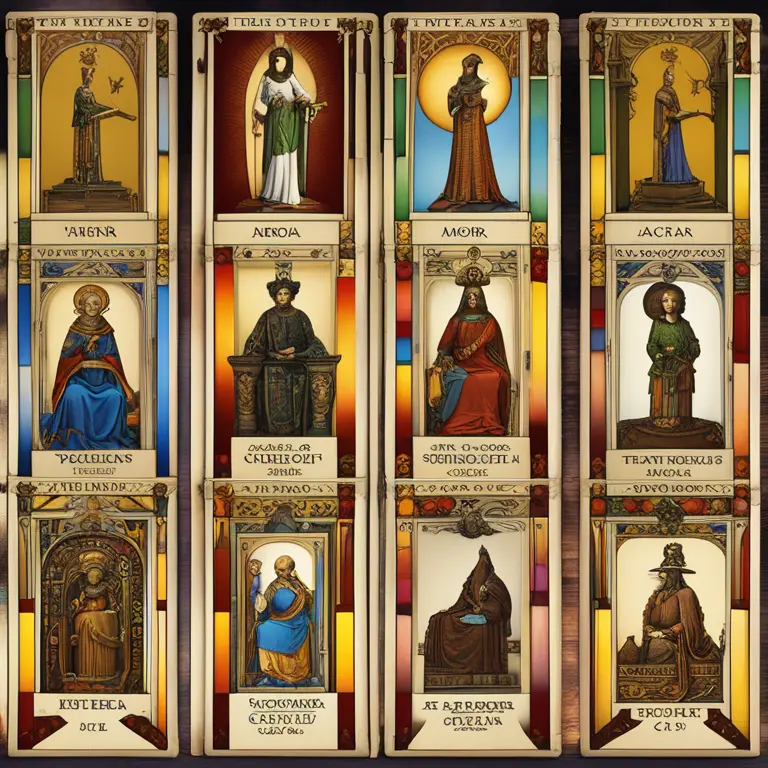
The Tarot Deck's Structure
A standard tarot deck consists of 78 cards, divided into the Major Arcana (22 cards) and the Minor Arcana (56 cards). The Major Arcana represents significant life themes and lessons, embodying archetypal energies and milestones. The Fool's journey through these cards mirrors our own life's progression. The Minor Arcana, similar to a regular deck of playing cards, is split into four suits—Cups, Wands, Swords, and Pentacles—each corresponding to an element of life: emotions, creativity, intellect, and material aspects. The Minor Arcana details the nuances of daily experiences, complementing the broader strokes of the Major Arcana to provide a comprehensive picture.
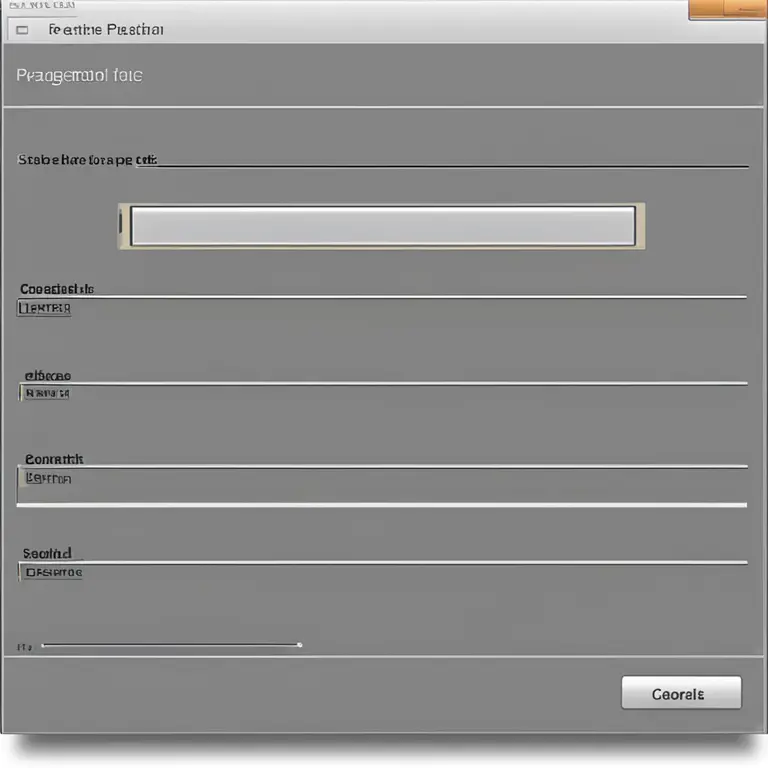
Reading the Cards
Tarot card readings begin with a question or a focus for the session. The tarot reader shuffles the deck, transferring energies and connecting the cards to the individual receiving the reading. Various layouts, commonly known as spreads, are applied to set out the cards; each position within the spread holds specific meaning—past influences, present situations, or future prospects. The reader unveils the cards, letting both imagery and intuition guide the interpretation. The imagery itself is rich with symbols—colors, numbers, characters—that hold universal meanings but also bend to the context of the reading, creating a narrative tailored to the seeker's circumstances.
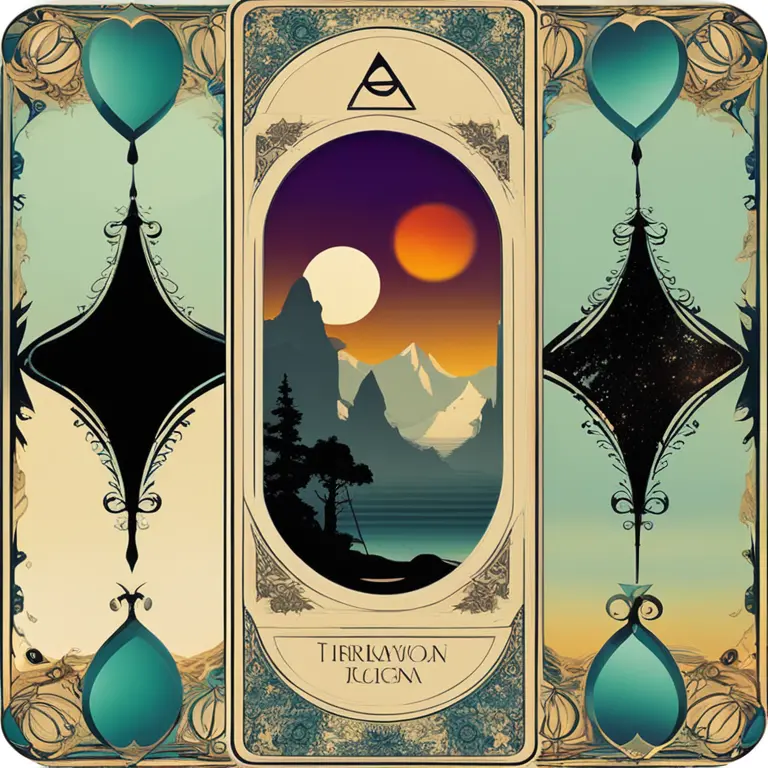
The Role of Intuition
An essential element that dictates how tarot readings unfold is the reader's intuition. Tarot readers hone their ability to tap into this inner reservoir of wisdom, allowing them to connect the dots between the symbols on the cards and the conscious and unconscious mind of the recipient. Intuition acts as a bridge between known facts and the unseen truth, providing insights that might not be immediately evident. In this way, tarot cards function not only as a mirror reflecting one's inner state but as a catalyst for intuitive revelations.
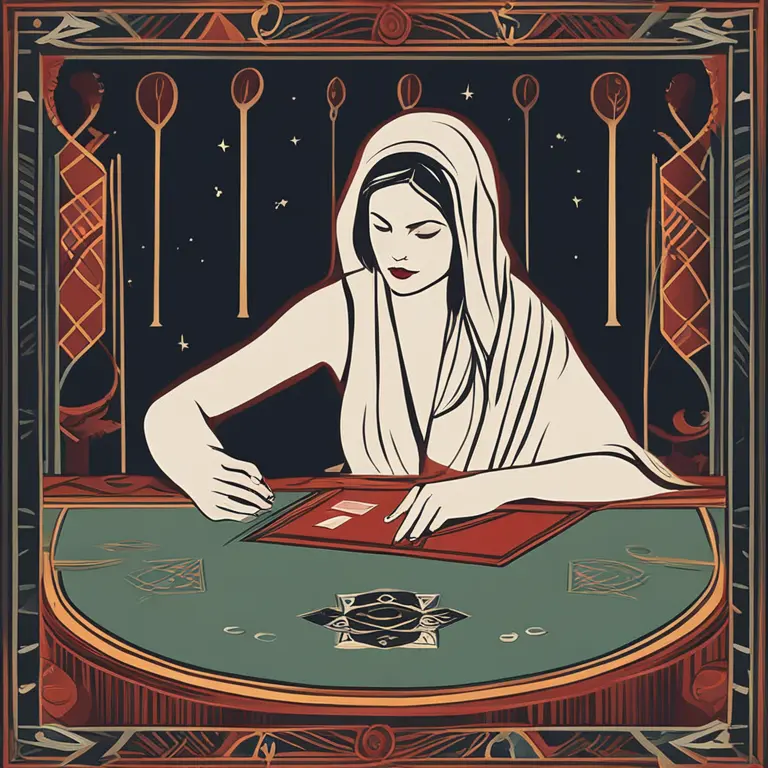
Symbolism and Interpretation
Each tarot card holds a universe of symbols, and it is through these symbols that readings are given depth and nuance. A simple image like the upright or reversed position of a card can radically alter its interpretation. Reversed cards can indicate internal experiences or external influences that are delayed or not yet fully realized. Beyond positions, the interaction of cards within a spread aids the reader in crafting a cohesive and meaningful narrative. The interplay between cards can highlight areas of tension, harmony, or potential in the querent's life.
Modern Tarot and Technology
With the digital age firmly entrenched in our daily lives by 2024, tarot has embraced technology. Online readings, using virtual decks and digital spreads, have become popular for their convenience and accessibility. Yet, whether physical or digital, the essence of tarot remains unchanged. Readers and seekers alike must remember that, irrespective of medium, the true power of tarot lies in the personal connection and the wisdom drawn from the cards.
Conclusion: Embracing the Tarot's Guidance
Tarot cards work by combining symbolic representation, intuition, and a deep collective understanding of human life. They do not predict the future with certainty but offer guidance, reflecting potential paths and outcomes based on current circumstances. While we may gaze into the cards hoping for answers, what we often find is a clearer question—and sometimes, that is the most significant insight of all.
Published: 2/8/2024
Modified: 2/8/2024
More predictions
Come back here soon to learn more about yourself and your future
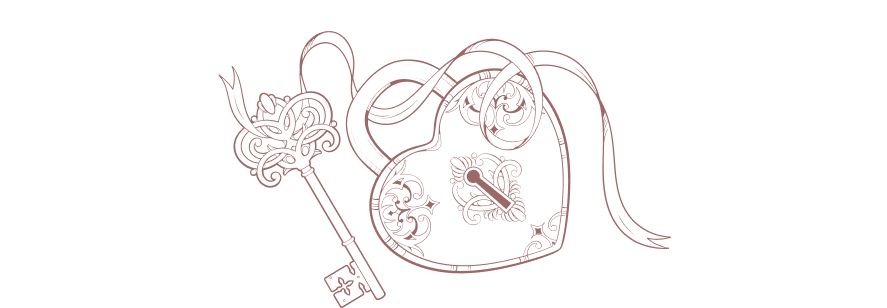
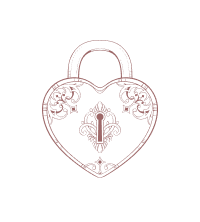
No Zodiac Sign? Here's What It Means for You
Discover the unique standing and implications for individuals without a zodiac sign in the mystical realms of astrology and how it shapes their identity.
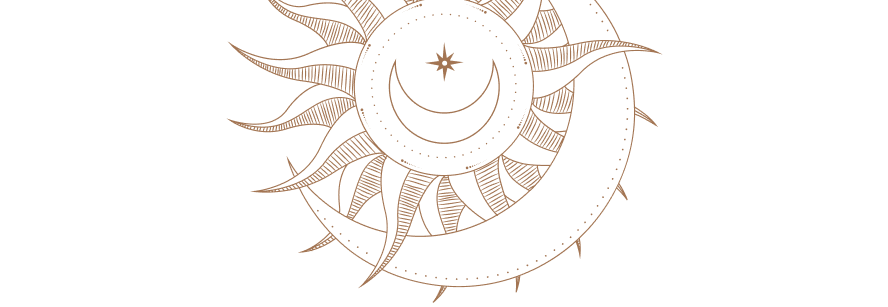
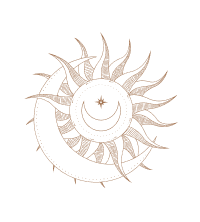
Zodiac Affections: How Each Sign Craves Touch
Discover how each zodiac sign experiences and expresses their need for touch. Learn about the tactile preferences unique to all twelve astrological personalities.
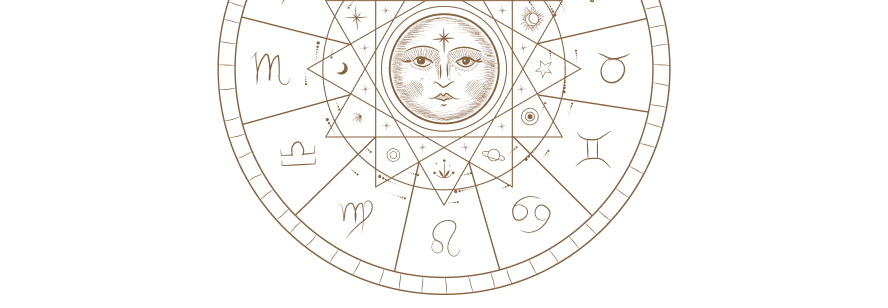
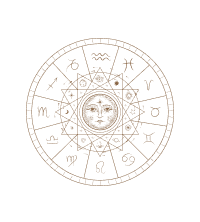
The Zodiac Libra: Balancing Beauty and Justice
Dive into the harmonious world of Libra, the zodiac sign of balance and beauty, as we reveal what makes Librans unique in astrology.